Before I start my review, I must again thank @Kenc and the folks at Toymany for sending me these review samples for the Blog. This may have been the most anticipated set by Toymany for 2025, and having had the figures in hand, it doesn't disappoint.
When Gondwana broke up, Madagascar split from what is now Africa during the Early Jurassic, about 180 million years ago. And then split from what is now the Indian subcontinent during the Late Cretaceous, roughly 90 million years ago.
Being isolated ever since, the native plants and animals were allowed to evolve in relative seclusion. The island country is a megadiversity hotspot, with roughly 90% of its wildlife and 80% of its plant life being endemic. Some of the groups that really radiated in isolation include the chameleons and lemurs.
There are 103 described species and subspecies of lemur, all of which are endemic to Madagascar. Sadly, at least 17 of them have become extinct since human colonization of the
island.
Likewise, roughly two-thirds of the world's chameleons live on Madagascar. Among the plants, there are around 170 palm species, of which about 165 are endemic. With so many interesting animal species, the toy animal community was ecstatic when Toymany announced they were going to produce a set devoted to the island’s endemic animals.



puts the figure in scale 1:1. Even if my measurement is off a little because of the way the head is raised, it should still fall within 1:1!

Our last two reptiles are chameleons, which makes sense since I mentioned earlier that nearly 2/3 of the world's species live on Madagascar. First up is the Nosy Hara leaf chameleon (Brookesia micro), which occurs only on the islet Nosy Hara near the northernmost tip of the main island. At the time it was described in 2012, it was the smallest known lizard, until an even smaller member of the genus, B. nona,
was described in 2021. With an SVL of 4.5 cm, it's the only figure in the set that's larger than 1:1, scaling at 2.8:1! This is most certainly my favorite reptile in the collection, and it should come as no surprise it is new/unique in our hobby.
Our last reptile is the other chameleon, Parson's chameleon (Calumma parsonii). Lacking decent representation as figures, Play Visions made a miniature Parson's and Safari Ltd. made a large one for their Incredible Creatures line, both of which are long retired. Before my figures arrived, Toymany shared promo pics with me, as they asked to make sure the names of the animals' names translated properly from Latin
to Chinese to English. When I first saw a promo pic of the Parson's chameleon, I honestly wasn't sure how
much I'd like it. But having it in hand? I am blown away by its sculpture and paint, and I love the dynamic pose with the outstretched tongue! The tongue warped a little in transit, but a quick dip in hot water and some repositioning, and it's as good as intended. I had the Play Visions Parson's already, but it is getting quickly debunked by this one! The SVL is hard to accurately measure in this pose, but it's roughly 8.0 cm for a scale of 1:2.5-13.8.
Time to move up the evolutionary tree to the mammals. Our first is the lowland streaked tenrec(Hemicentetes semispinosus). I have to be honest, if someone asked me to list 20 species I would expect to be in a set of animals devoted to Madagascar, I don't think a tenrec would have made the cut. And to no surprise, it is probably the first tenrec toy ever? I must admit, this is a group of animals I haven't studied or read up much on. I am sure I read about them in my youth but don't remember much. I was surprised to
learn that the group as a whole is endemic to Madagascar! Toymany, you really scored with this little guy! The texture of the body, the head quills, the long toes with long, sharp nails, I don't think this species could be done better! Its body length is about 6.0 cm for a scale of 1:2.3-1:2.9.1 didn't know they were such small critters!
Our next mammal is the lone carnivoran, the fossa (Cryptoprocta ferox). Because of its isolation, carnivorans are not well-represented on Madagascar, and all ten native extant species belong to the family Eupleridae. The fossa is probably the most well-known. For starters, kudos to Toymany; this was a species that several people asked for specifically on both the ATF and STS forums. It was very nice of them to hear our request and follow through. The fossa hasn't gotten much love in the toy animal realm, with two examples by K&M International and Yowie Group. The K&M figure looks a little like a mountain lion and the Yowie figure suffers from what one would expect when a lanky animal has to fit into a plastic egg.
Don't get me wrong, the earlier iterations of this species are fine, but Toymany's is a league above. The body length (minus the tail) is about 7.5 cm for a scale of 1:9.3-1:10.7.1 am really happy with its size; I was expecting it to be smaller.
Our remaining five mammals are all lemurs, which makes sense since it's the largest group of mammals wholly endemic to Madagascar. First up is the diminutive Madame Berthe’s mouse lemur (Microcebus berthae), not only the smallest lemur but also the smallest primate in the world. Hard to believe this is one of our closest relatives, in the grand scheme of things! To my knowledge, this is the only mouse lemur as a toy or figure. The body length (minus the tail) is about 4.6 cm, for an average scale of 1:2.
Our next three lemurs are 'true' lemurs in the family Lemuridae. First up is the eastern lesser bamboo lemur (Hapalemur griseus), another relatively small, arboreal lemur. The figure is depicted holding a piece of its bamboo food, something Toymany hasn't done with its figures until now. I know some collectors don't like objects permanently affixed to figures, but personally, I like it! The animal's posture makes measuring its body length challenging, but using the tail as a metric (n=5.0 cm), the scale comes to about
1:7.4.
The next animal that needs no introduction. In fact, if a bunch of people were asked to come up with a list of species to be featured in a Madagascar-centric set, I bet everyone would include this critter. I am talking of course about the ring-tailed lemur (Lemur catta). Due to its popularity in zoos and undoubtedly the Madagascar film series, this is the most commonly made species of lemur.
I haven't actually done the math, but I wouldn't be surprised if there were as many figures of L. cotta as there are all other strepsirrhines combined. Leave it to Toymany to take a creative approach, however. Looking at the Toy Animal Wiki site, the vast majority of L. catta figures are sculpted in a quadrupedal pose or sitting. Toymany went in a
different direction and made their figure standing! It likes to move it, move it. It likes to MOVE IT! The figure stands about 8.0 cm tall. Using hind foot as a metric (n=1.5 cm), the scale comes to about 1:6.8-1:7.5. It scales perfectly with the CollectA ring-tailed lemur (the only figure I have in my collection for which to compare it).
Our third and final lemurid is the black-and-white ruffed lemur (Varecia variegata). This species has been made a handful of times, most notably by Papo. In fact, having the Papo figure in my collection, it scales near perfectly with the new Toymany model. The posture of the two sculptures are quite similar as well,
although the Toymany figure is depicted vocalizing. The black-and-white lemur is the largest extant member of Lemuridae, and with a body length of approximately 6.5 cm, this figure scales at about 1:7.7-1:8.5.
Our last figure is the sole indriid, the Verreaux's sifaka (Propithecus verreauxi). The only other figure of this species I am immediately aware of is a Japanese gashapon figure by Furuta. The figure is depicted skipping along, their preferred method of locomotion on flat ground. This is another unique approach by Toymany, as it is the only figure of theirs (that comes to mind) that is permanently affixed to its base.
In other sets that feature animals on bases (e.g., koalas, jaguars), the animals were removable from the base. Having animals on bases doesn't bother me at all, but I know some collectors would prefer them free-standing. Including the base, the height is about 8.7 cm. The head-and-body length (minus the tail) is approximately 5.0 cm for a scale of 1:8.5-1:9.
Ok folks, there we have it, a general overview of Toyman/s 2025 Madagascar collection. I think it goes without saying that this set comes highly recommended to collectors of wildlife generally or those that specialize in interesting taxa (nine out of the twelve species are unique or have been made less than five times). This set is available on Toymanys' site. The figures can also be purchased individually. Use the code BMMS10 for a discount when ordering the complete set on Toymany's website.
Written by bmathison1972 of the Animal Toy Forum, a veteran collector of animal models and a medical parasitologist specializing in parasites of human disease (including arthropods), thank you for writing this blog content for us.


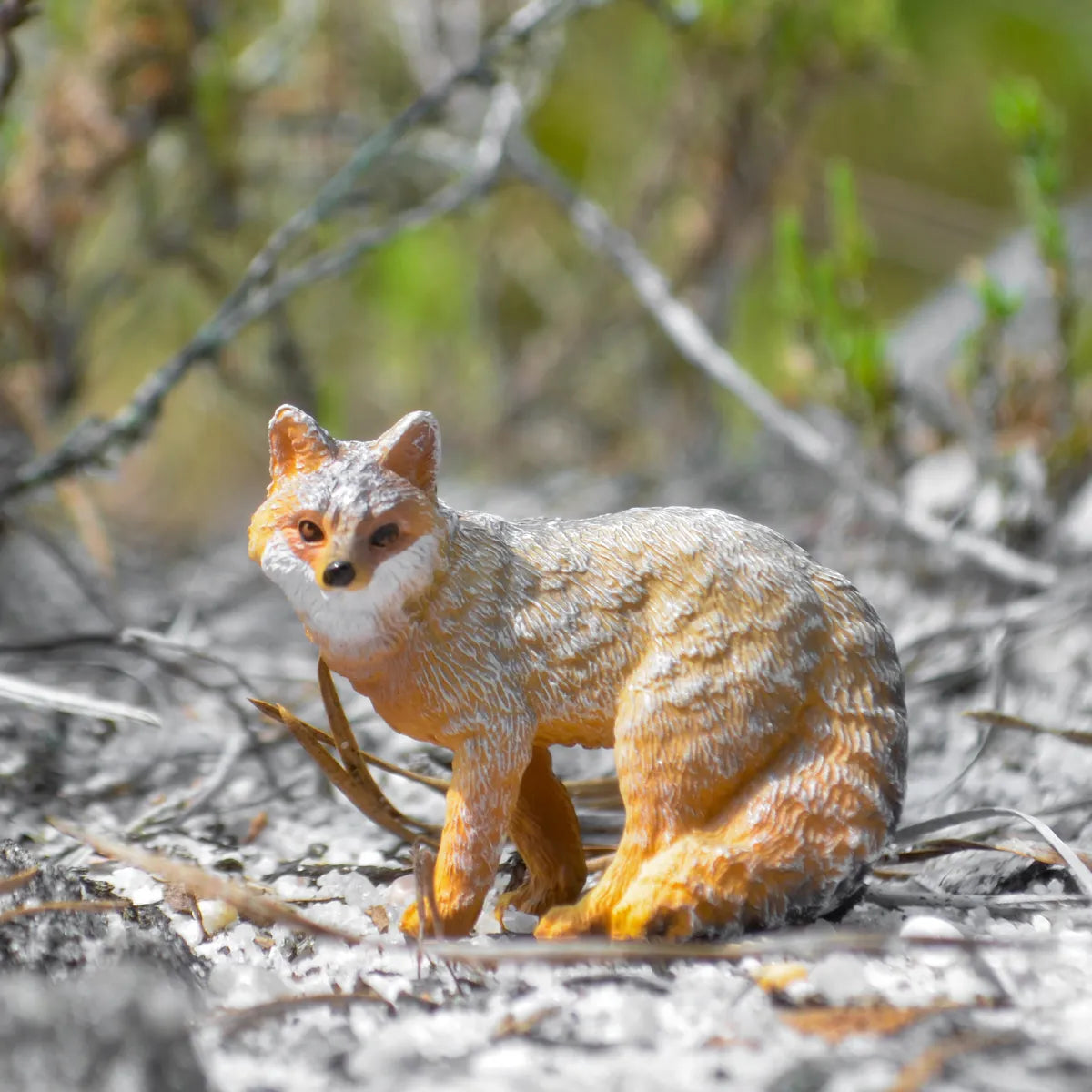
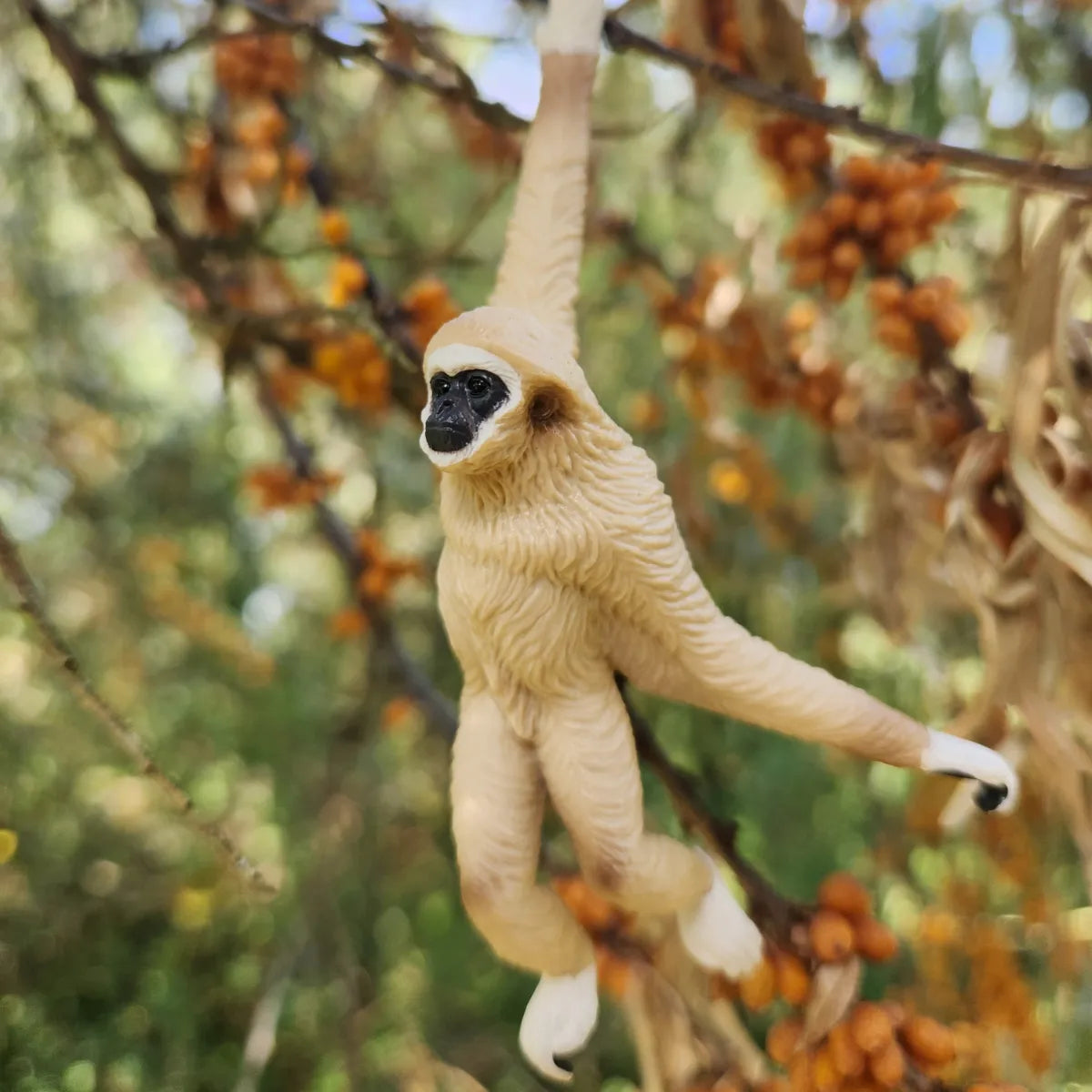
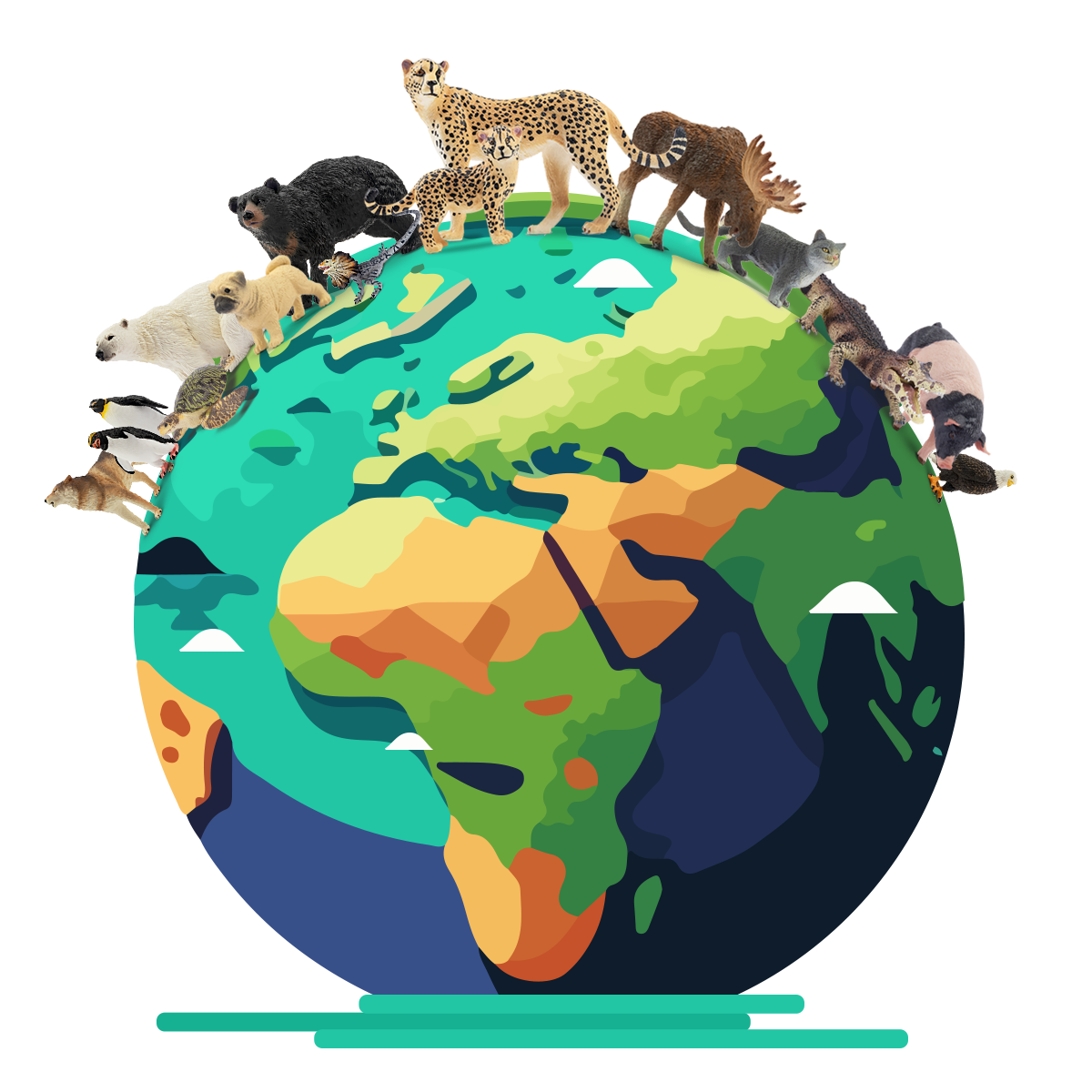
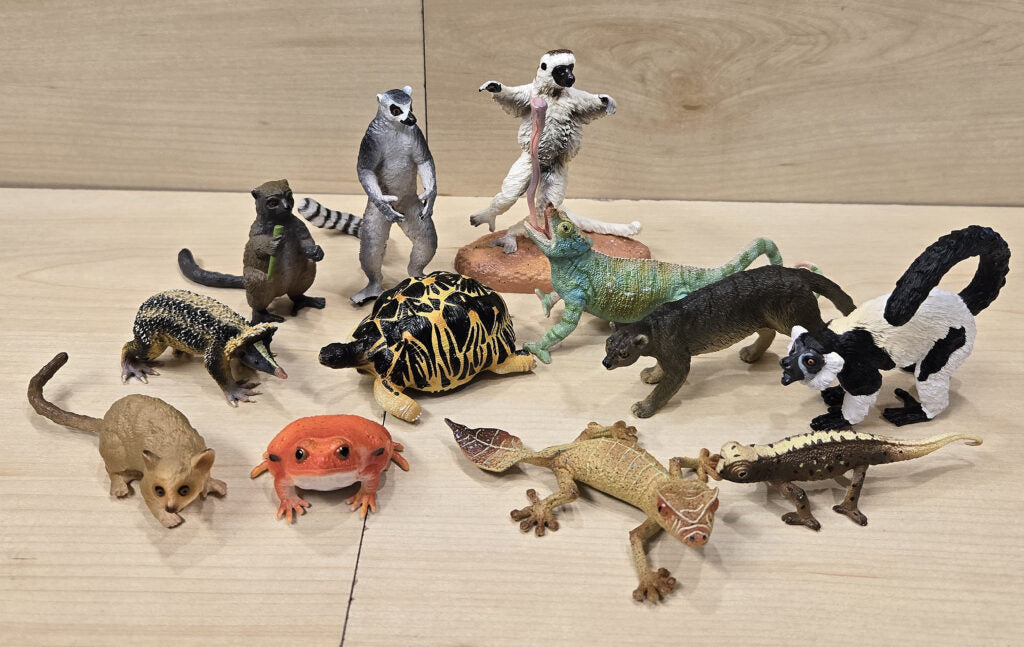
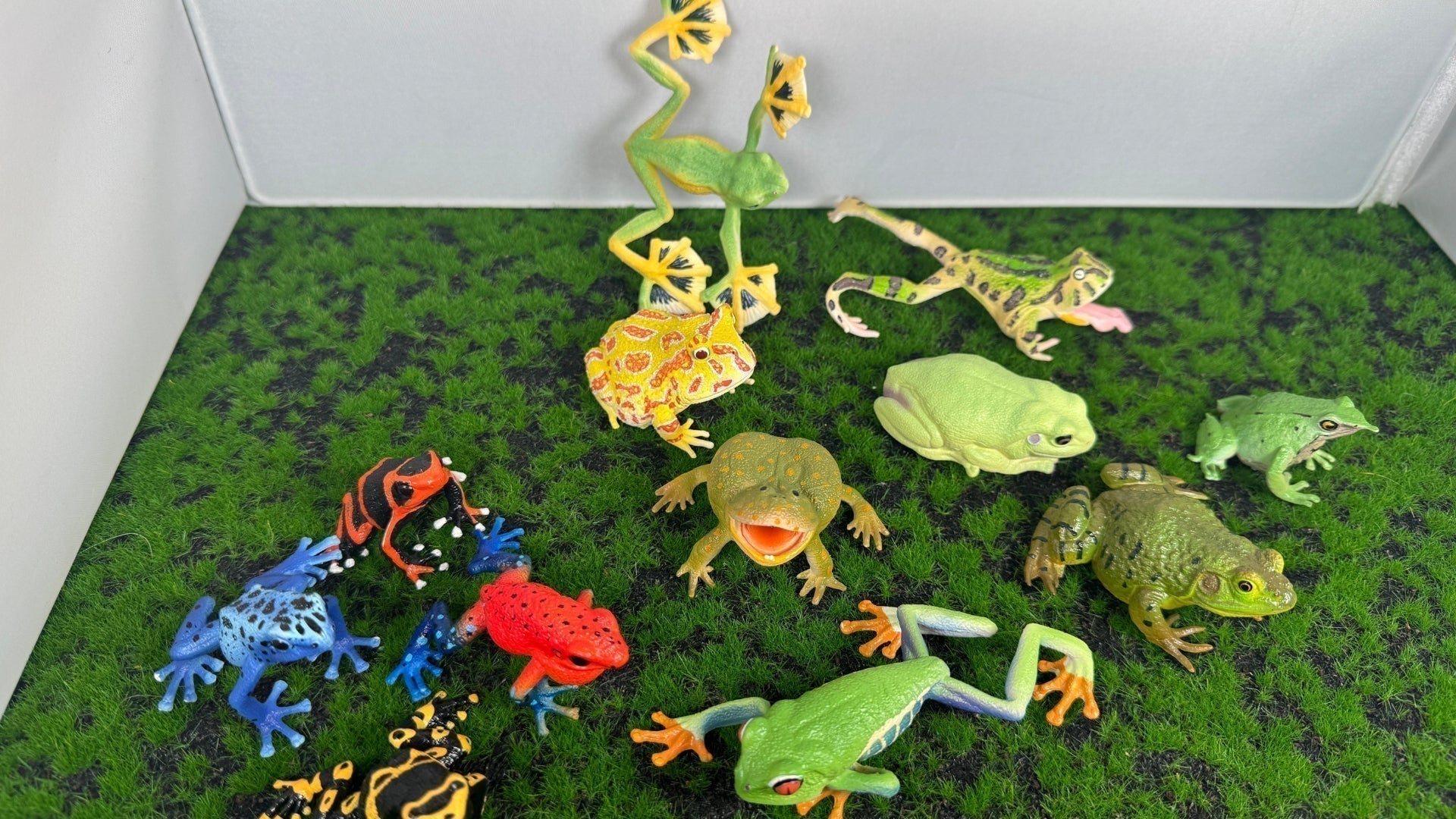
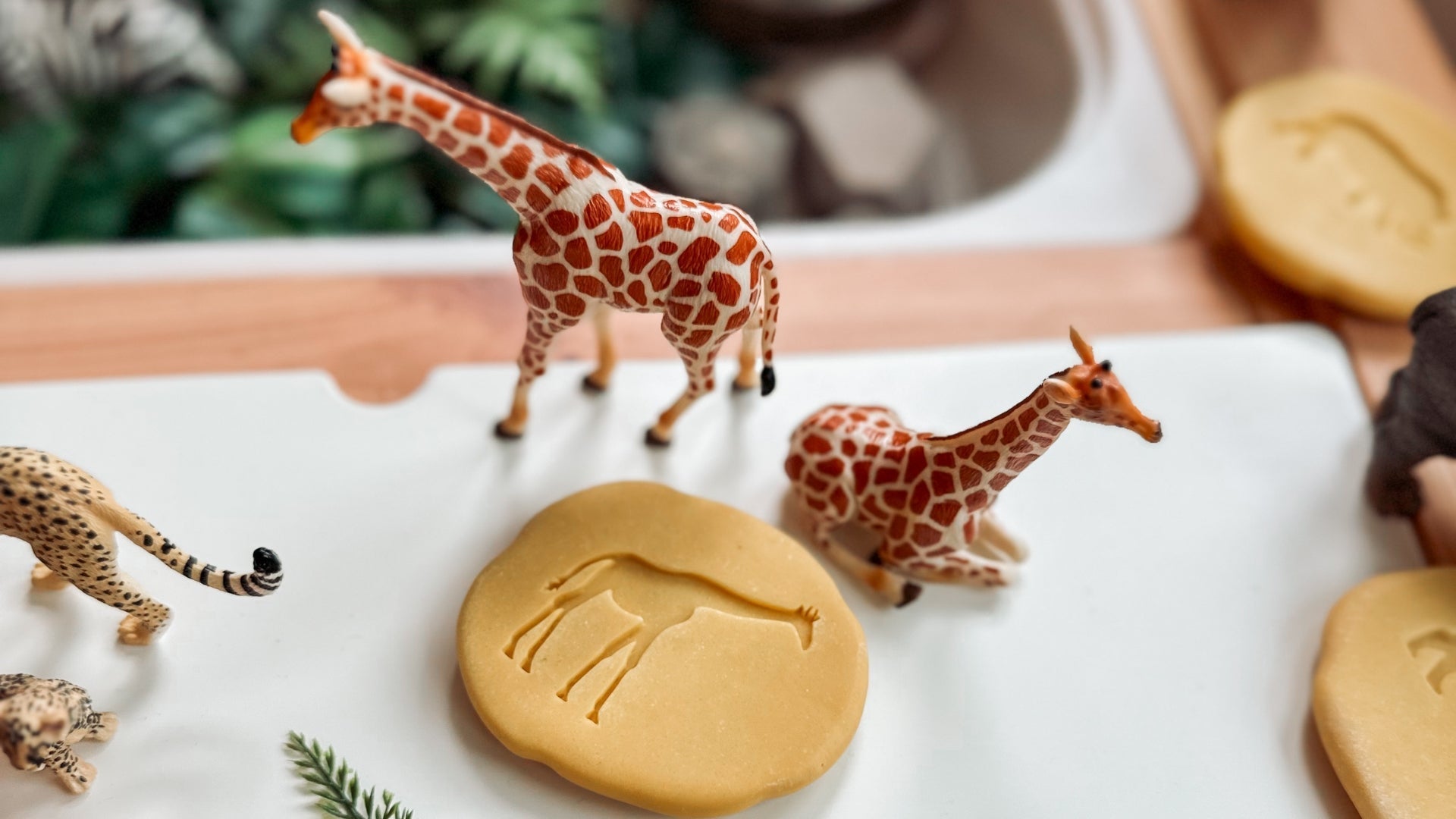
Leave a comment
All comments are moderated before being published.
This site is protected by hCaptcha and the hCaptcha Privacy Policy and Terms of Service apply.